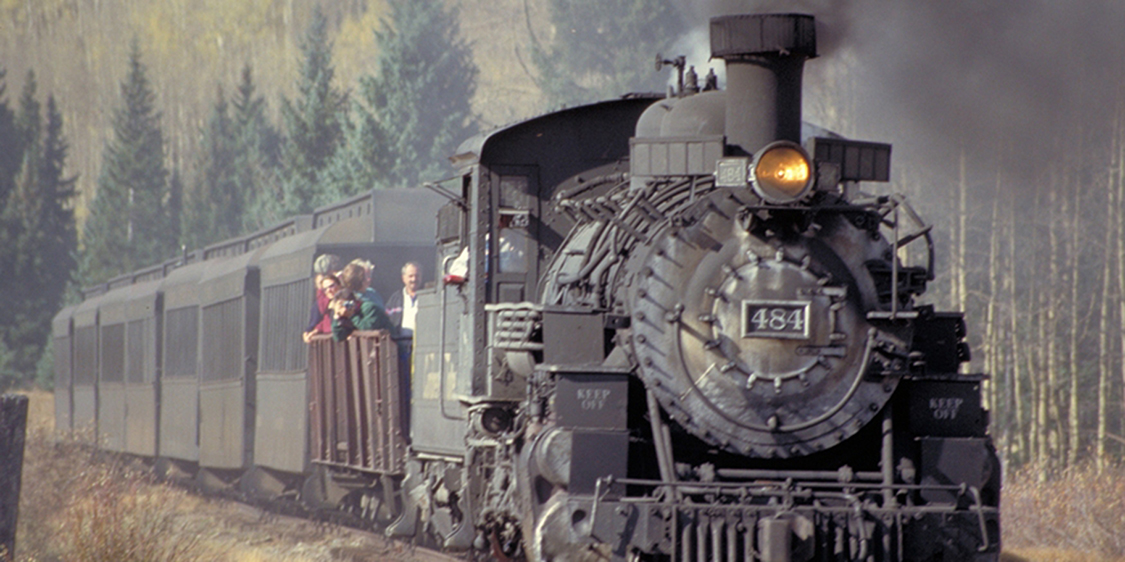Thermodynamics
107 Introduction to Thermodynamics
Heat Transfer and Work

Heat transfer is the movement of energy from one place to another, and it plays a crucial role in performing work. Once transferred, thermal energy can be converted into mechanical motion or transformed into other forms of energy. For example, in a car engine, the combustion of fuel generates heat that expands gases. These expanding gases push pistons, thereby doing mechanical work. The resulting motion drives the car, powers electronics, and even recharges the battery. However, a large portion of the energy from combustion is lost to the environment as waste heat, highlighting the inherent inefficiency of such systems.
Many people wonder why gasoline engines and large power plants—whether coal-, natural gas-, or nuclear-powered—cannot be made significantly more efficient. Is it simply a matter of better engineering or newer materials? Is inefficiency driven by economic motives? In reality, the limitations are much more fundamental and lie in the laws of physics themselves.
Nature imposes hard limits on how efficiently heat can be converted into work. These limits are dictated by the principles of thermodynamics, a branch of physics that describes the relationships between heat, work, and energy. In this chapter, we’ll explore those laws and their far-reaching consequences—both in everyday machines like car engines and in massive systems like power plants. Thermodynamics helps us understand why some energy transformations are inherently wasteful, and what strategies can be used to make systems more efficient.

